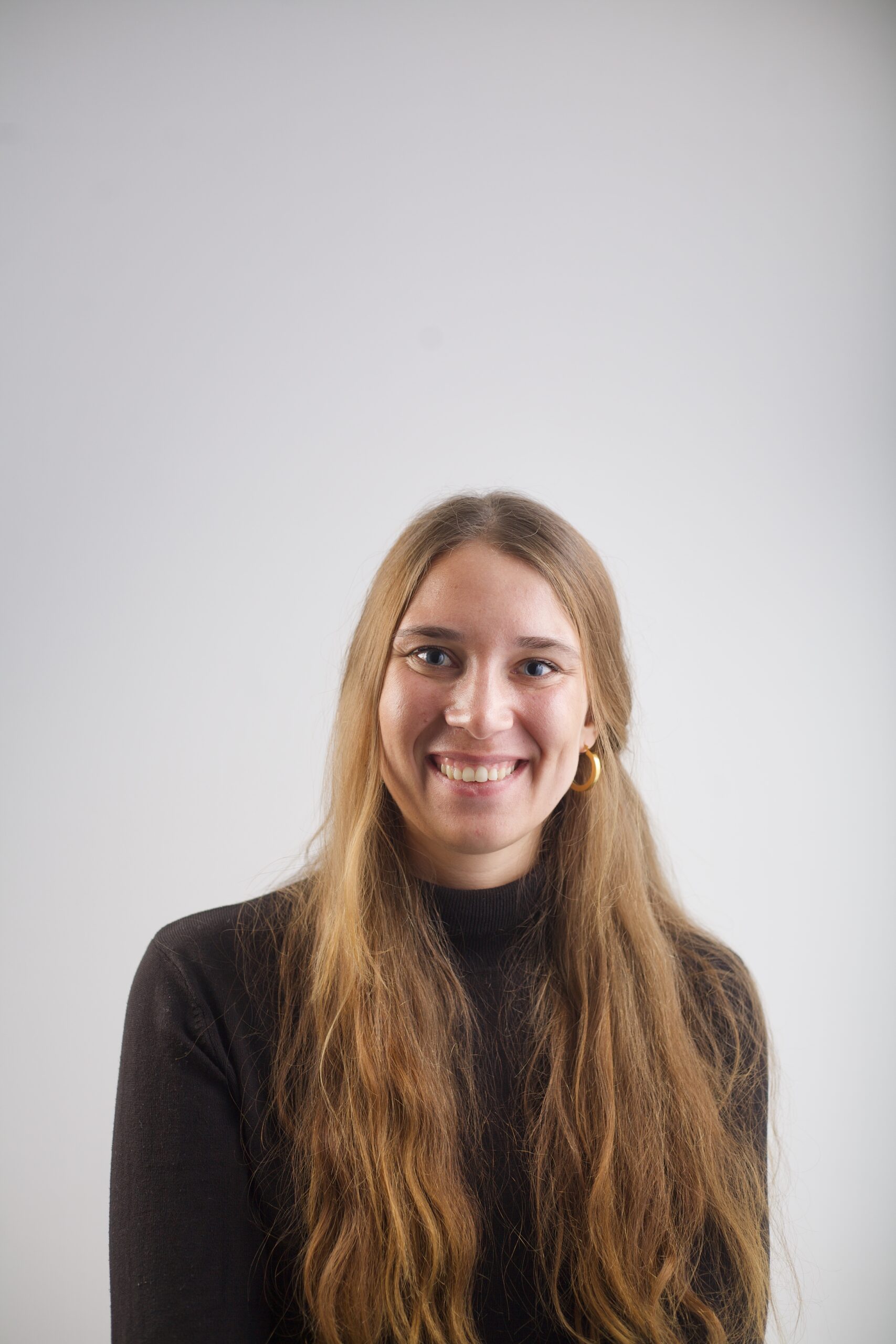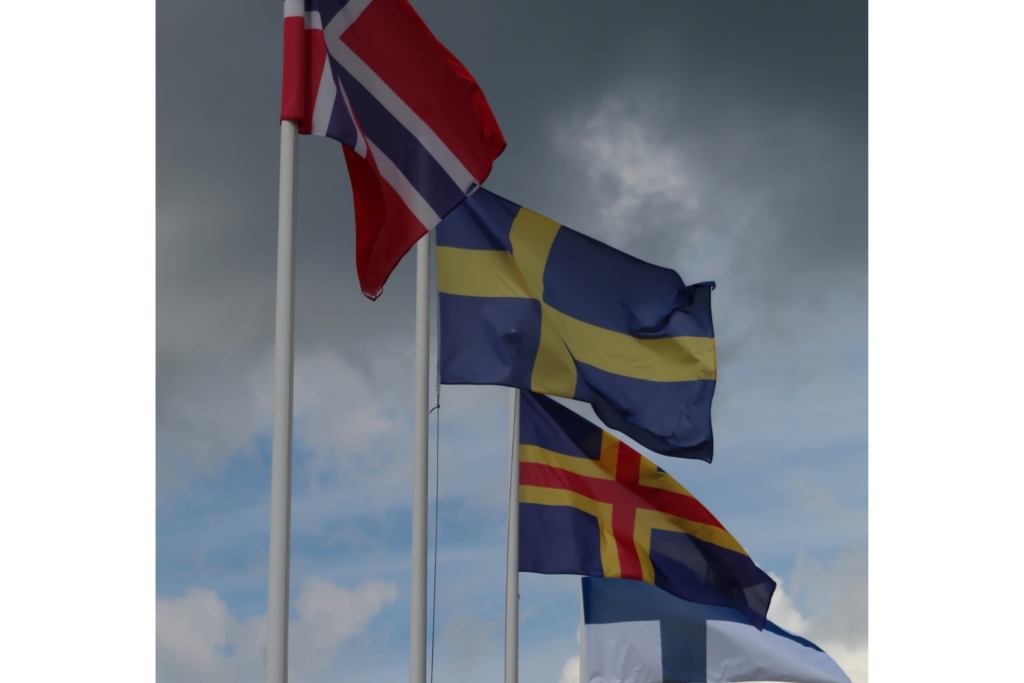Photo by Anne Nygård on Unsplash
“Why would you research gender equality in Sweden, aren’t they the most gender-equal society in the world?”
I encountered this and plenty of similar reactions when I told people that my Ph.D. project on gender equality in the workplace would take me to Stockholm University in Sweden. The Nordic countries seem to enjoy a reputation as champions in the area of gender equality, and research seems to confirm this: There are four Nordic countries among the top five counties with the smallest gender gap listed in the Global Gender Gap Report (Iceland, Finland, Norway, Sweden). Similarly, on the European Gender Equality Index, which gives each country a score ranging from 1 to 100, Sweden receives the highest score of 83.9 and both Denmark (77.8) and Finland (75.4) are among the top scorers (EIGE, 2022).
So how do Nordic countries achieve this? In this post, we look at the policies, laws, and initiatives that were spearheaded by Nordic countries and have since been adopted by others.
Parental Leave in Sweden
One of the first things I noticed after moving to Sweden was the large number of parents with young children on the streets and that many of the parents pushing the stroller or walking with their kids were men. The first observation was later explained by the fact that my apartment was situated close to both a kindergarten and school and is likely an overestimation of the true numbers. The latter, however, might be a result of Swedish parental leave policies.
In Sweden, parents are entitled to 480 days of paid parental leave following the birth or adoption of a child, making it one of the longest periods of paid parental leave globally. A single parent is entitled to a full 480 days, whereas two parents each have 240 days. Importantly, for children born in 2016 or later, each parent has 90 days of leave exclusively reserved for themselves. However, if one parent decides not to take these, they cannot be transferred to the other parent. The number of parental leave days taken by men has consistently increased over the past decade and in 2020, men took 31 percent of overall paid parental leave (Nordic Statistic Database, 2023).
Gender-Pay Gap in Iceland
Iceland has been ranked as the most gender-equal nation in the world by the World Economic Forum for the 12th consecutive year in 2021 (World Economic Forum, 2021) and has prominently introduced its Equal Pay Certification in 2018. The legislation is the first of its kind in the world and requires companies with more than 25 employees to provide annual proof of equal pay. In addition, Icelandic law states a clear definition of what “pay” entails, avoiding financial differences due to bonuses or other remuneration (European Parliament Brief, 2021). In 2021 the gender pay gap in Iceland was 10.4 percent, making it the lowest amongst the Nordic countries (Nordic Statistic Database, 2023).
Board Gender Balance in Norway
In 2003, Norway became the first country in the world to introduce a 40-percent gender quota on company boards to address the underrepresentation of women among board members. In 2022, women made up 41 percent of board members, 41 percent of non-executives, and 30 percent of executives in listed Norwegian companies (Nordic Statistics Database, 2023).
Last year the EU approved and adopted a similar tactic by introducing the so-called ‘Woman on Boards’ law, detailing that women must make up at least 40 percent of non-executive board members and a third of company directors at large companies in the European Union from mid-2026.
So, in light of these results, does it even make sense to do Gender Equality Research in the Nordic Countries?
The short answer is: Yes!
In spite of spearheading many policies and initiatives that served as models for other nations, the Nordic countries do still face their own gender equality challenges. Thus, despite initiatives to allow a balance of career and family life, women in Sweden still have a lower employment rate and are more likely to work part-time than men. In Norway, women are still largely underrepresented in positions that are not covered by the quota; women only make up 19 percent of CEOs and Board presidents in large Norwegian companies (Nordic Statistic Database, 2023).

Benchmarking current diversity management strategies (Sweden)
